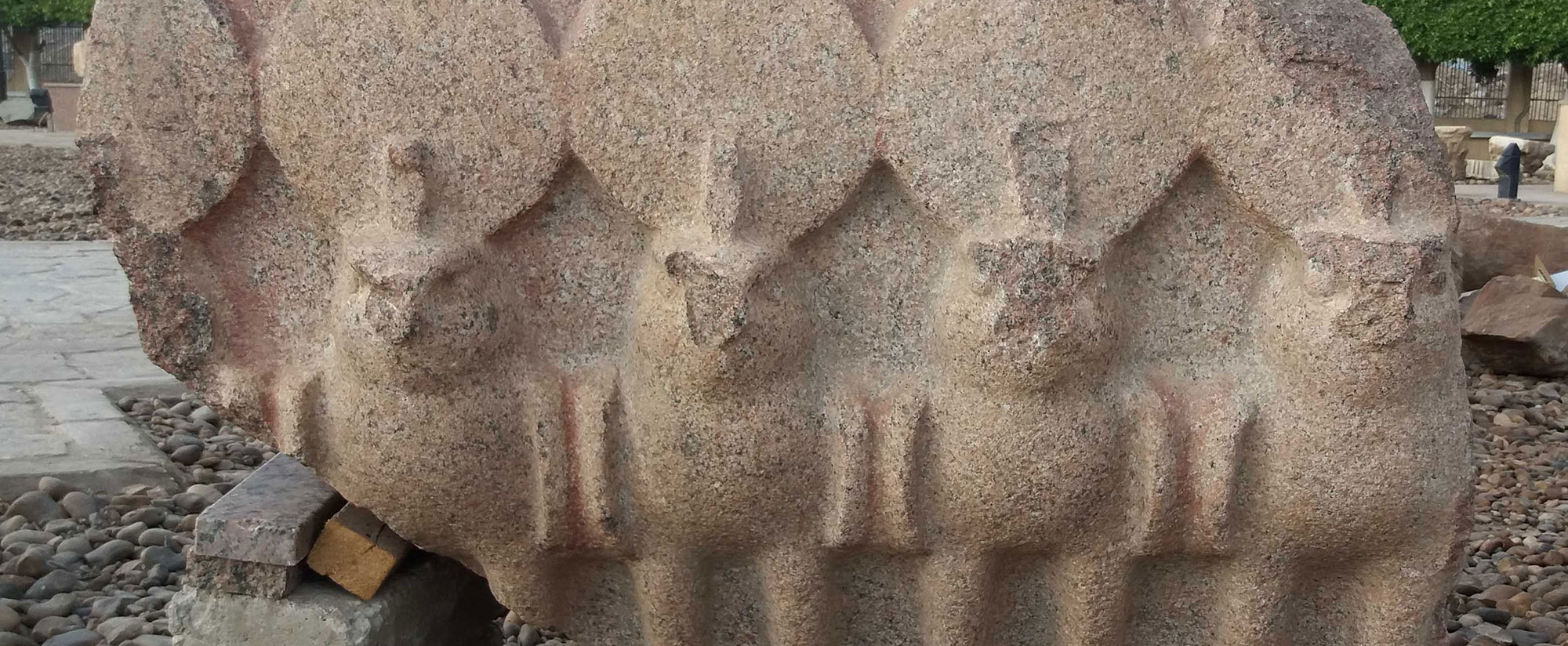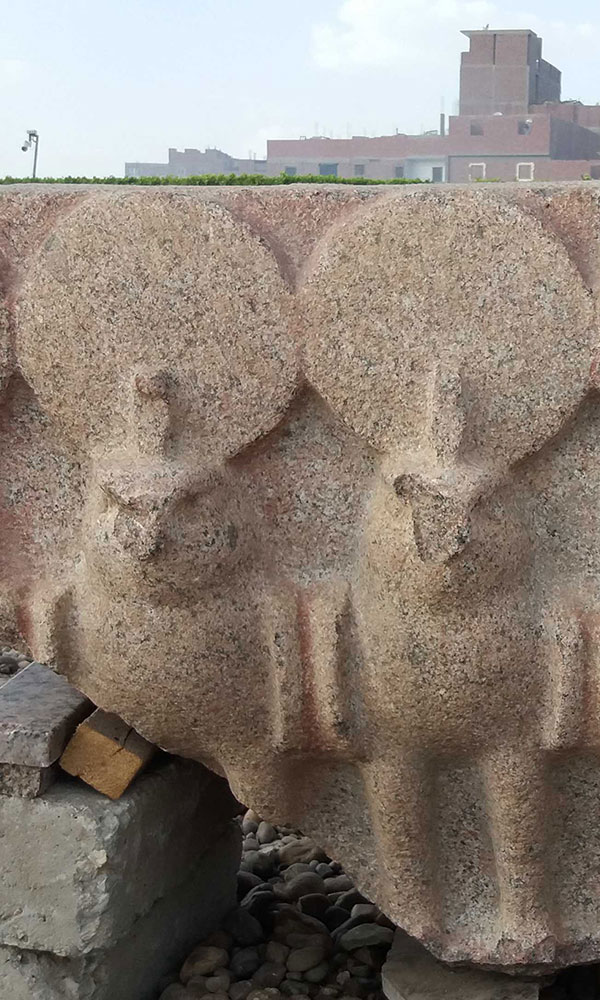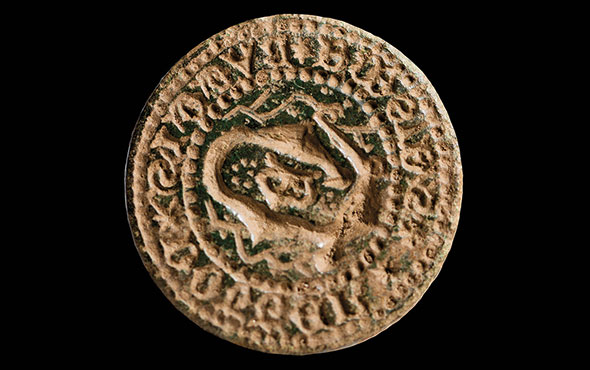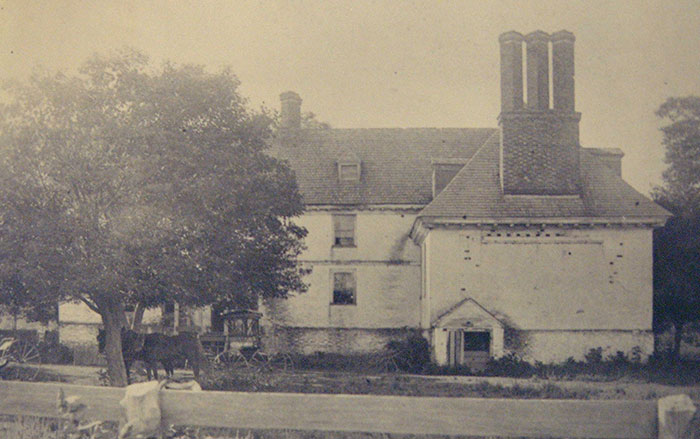
CAMBRIDGE, MASSACHUSETTS—Science News reports that geoscientist Roger Fu of Harvard University and his colleagues analyzed the magnetized areas of 11 of Guatemala’s 2,000-year-old potbelly sculptures. Some of the massive sculptures, which are generally round in shape and depict people holding extremely large stomachs with their arms and legs, are thought to have been carved from boulders magnetized by lightning strikes. Fu’s team suggests the ancient carvers looked for areas of the iron-rich basalt boulders that repelled magnetized minerals that they held in their hands, and then carved the figures’ foreheads, cheeks, and navels within those magnetic fields. Art historian Julia Guernsey of the University of Texas at Austin suggests that the sculptures may have been intended to represent dead ancestors, and their capacity to repel magnetized objects may have been interpreted as indicating an ancestor’s presence and authority. For more, go to “Letter from Guatemala: Maya Metropolis.”










